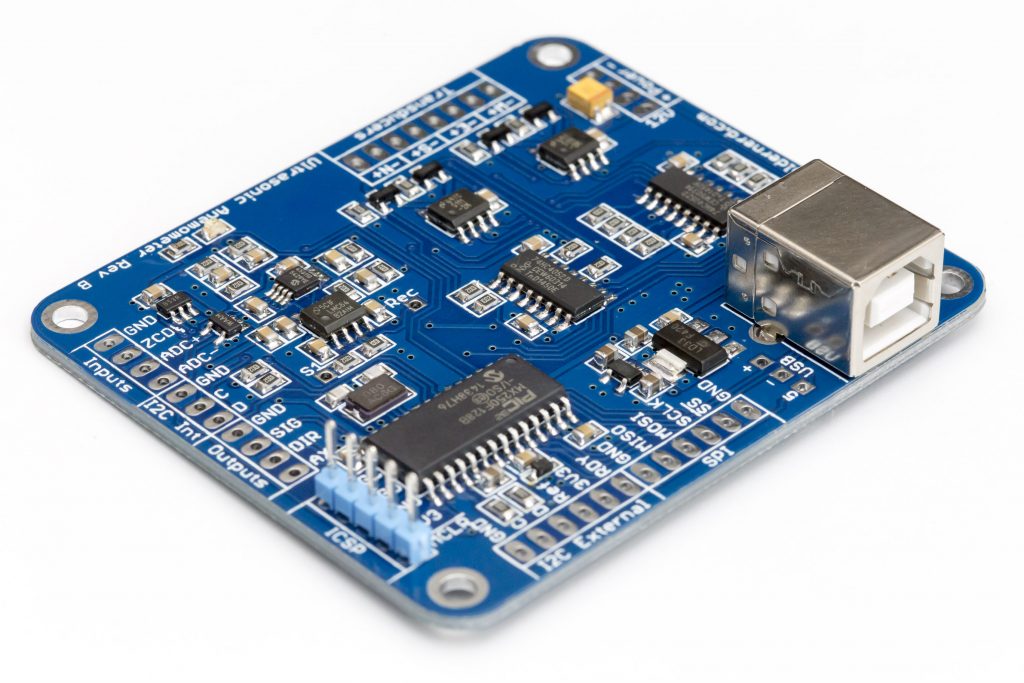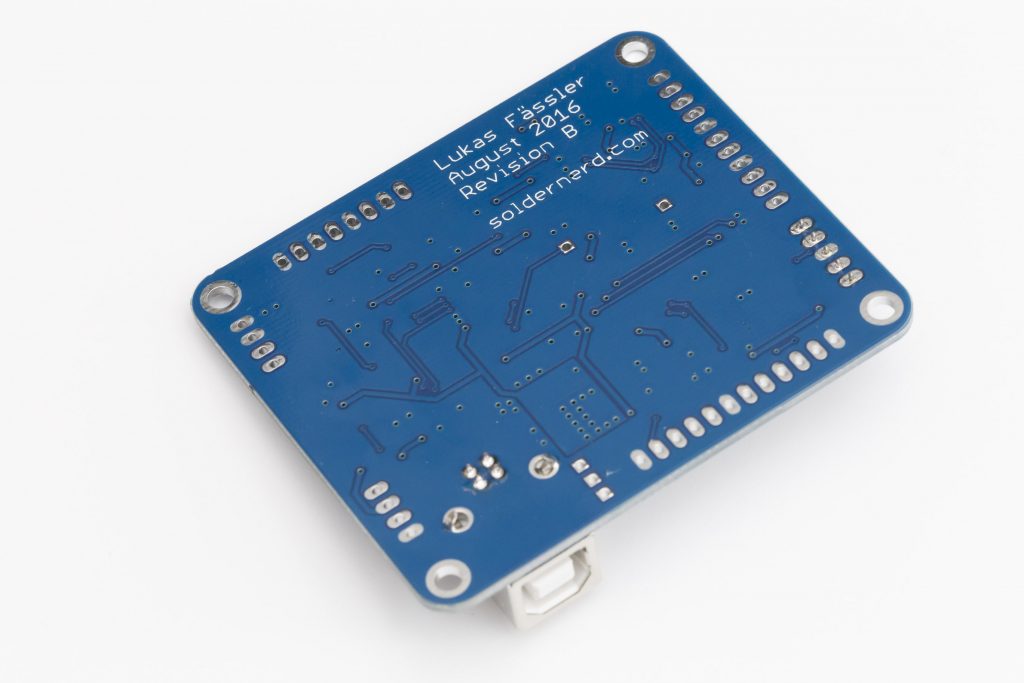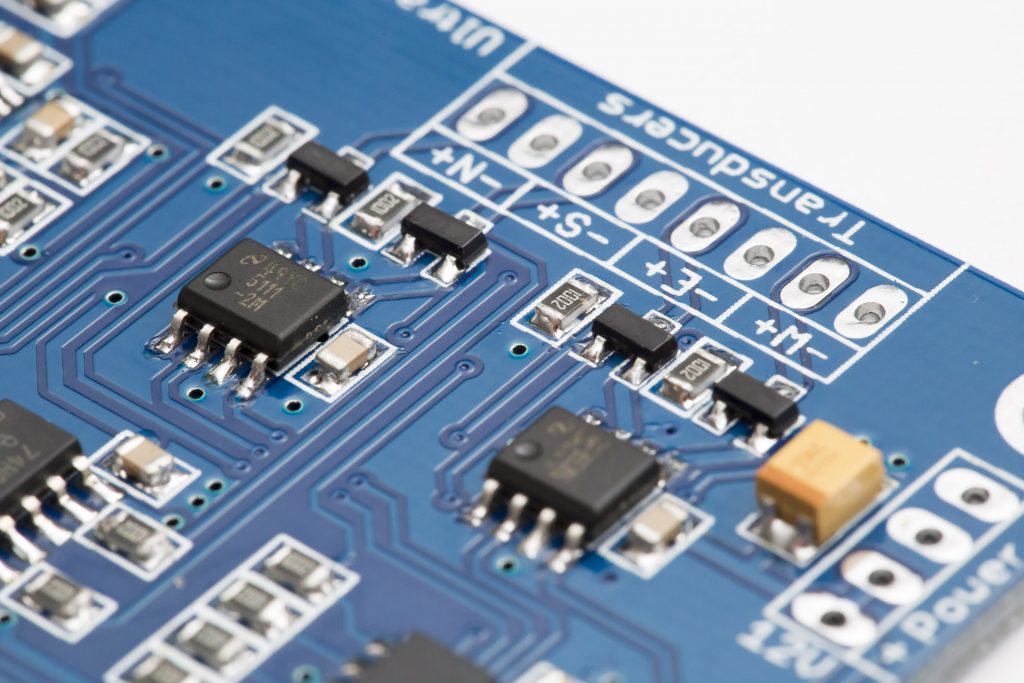 Good news: the boards from dirtypcbs.com have arrived and look great. I also got all the components for the 11 boards. Why 11? I ordered about 10 (they call it a protopack) and was lucky enough to get 11. Thats dirtypcbs.
Good news: the boards from dirtypcbs.com have arrived and look great. I also got all the components for the 11 boards. Why 11? I ordered about 10 (they call it a protopack) and was lucky enough to get 11. Thats dirtypcbs.
Last week I also upgraded my hobbyist Eagle license to a proper Premium LS license which means I can now legally start selling stuff. So I’m basically ready to ship the first kits.
Today I assembled one of the boards and it at least looks great. All the footprints are correct and it was a pleasure to solder. Now what I want to do is to run some tests with it just to make sure it works as intended. I didn’t change much since the last version but I want to be sure first.
About the kit
There’s one thing I want to be absolutely clear about. At this stage of development the wind meter is not yet ready to be deployed. While I think the hardware is final now, a lot more work is needed to get the software ready. So for the time being this kit is intended for people who want to join the development and testing. I’ve done most of the low-level, register-fiddling stuff but much remains to be done at a higher level. I know there are a lot of people out there with much more experience in signal processing than me and I’m looking forward to work on this challenge together. And a challenge it is. But the PIC32 still has plenty of RAM, Flash and CPU time left to try out new ideas and approaches until we find one that works well.
The kit contains the board and all the necessary components. Details can be found in the BOM linked on the overview page. Once assembled it should look precisely like on the photos on this page. But as the name suggests, it comes as a kit, i.e. as components that you have to solder yourself. Most components come in relatively large SOIC packages but there are a few smaller MSOP and SOT-23 packages as well. They can all be soldered with a conventional soldering iron and strain solder just like I’ve done today.
The microcontroller is not yet programmed so you will need a suitable programmer. Microchip’s PICKit3 (USD47.95) is the obvious choice here. This is also what I’m using and matches the board’s pinout. All the software (MPLAB X IDE and XC32 compiler) are available for download from Microchip free of charge.
Taking pre-orders now
I’ll start taking pre-orders now but as mentioned I won’t ship the kits until I’ve done some tests with my own board. Once that’s done I’ll let you know and if you’re still interested by then I’ll give you my PayPal details and ship the kits.
Some have mentioned that they already have some ultrasonic tranducers and/or want to try some specific model so you are free to order your kit with or without the transducers.
There’s no online shop or anything like that so just use the contact form on the about me page.
Pricing
Now it starts getting interesting. I’ll quote all prices in USD, EUR and CHF. Choose what’s cheapest or most convenient for you.
- Kit without transducers: USD 70 / EUR 63 / CHF 69
- Kit with transducers: USD 95 / EUR 85 / CHF 93
The prices above include worldwide shipping. The kits ship by Swiss Post Priority Mail in a padded envelope. I’ve used this service before to locations like Brazil or India and never had problems. However, there are no tracking numbers.
Any other questions? Just ask.







Hi Lukas, I definitely want to preorder.
I am aware of that the hardware is a prototype board and that the software is not ready. If I get a board, all my experiences will be fed back to you and the community.
I forgot to say that I would like to buy the kit with transducers and pay in EUR (85). How do I pay?
Hi Lukas! And thanks for the detailed info (as always, I have noticed). It really look great, the finally Board, with all components! Excellent work.
I hereby, want to make an order on the kit, and as you have email address, I wait that you will send detailed info about payment, and so, for paypal payment.
Thanks in advance
Bernth
Thanks for the good news, Lukas. Ordered a few kits. Will test with another transducers.
Good job on finalizing the hardware. It certainly looks good.
I’m very much tempted to buy one of your kit but it would erase all motivation to finish my own version 🙂
@Antiath – strange comment, your last two lines!
Hum broken english maybe, I don’t know…
I’m designing a similar project based partially on Lukas’s work. If I decided to buy a kit doing approximatly what I want, I would probably lose any motivation to finish my own project.
Wow, what a progress! Great news!
Hope the HW test go smoothly. Unfortunately I cannot be of any help with software, haven’t coded (APL) for ages. But applaude your all efforts to help with this open project.
I think transducers are very important parts to make this work reliably, and hope you found a good one which will be rugged (IP68?) and stable (elements, sand, freezing, chemicals) and available to purchase for a while. Also, the mechanics are also very important, and maybe a mechanical inclined person can help us here? I see several fist sized US anemometers available, so it must be possible to make it small (thus inexpensive). It could be even a 2″ UV resistant pipe or so. Anyhow, thank you for your energy and sharing, and Godspeed!
@Jimmy! -In reply, regarding what you write about the mechanical, I will try to do a real proof House for the transducers, and see if “we” can bring the project a bit further on way, and to a price where all can afford to buy such one.
But I will wait and see the transducers, the specs. and so on.
Bernth, in regards to mechanics and windtunnel a very thorough approach has been done by
http://www.dl1glh.de/ultrasonic-anemometer.html
Here is a (closed source) unit which came out recently, too early to judge how it is.
https://www.cyberport.de/?DEEP=5C33-006&APID=278&MC=278-20120
and this is how the sensors should be arranged (upside down, so water etc won’t clog them)
http://www.lcjcapteurs.com/product/cv7-c-is-the-high-speed-ultrasonic-wind-sensor/?lang=en
It shows how small the mechanics can get.
Thanks!
@Jimmy – Thanks for the Links you provided. I knew the two of these, but not this about the project.
I will take a closer look on this. Thank you 😉
Thanks for the links, Jimmy. I had a quite close look at that semi-hobbyist (I’d call it that) project. Unfortunately at some point they decided to no longer share their source code. They obviously faced very similar challenges like our project here. Identifying the absolute phase shift in software. Hardware-wise I think we’re at least as well off with some more processing power and a hardware zero-crossing detector at our disposal.
Lukas please, it is still possible to send 1-2 kits with with transducers and source codes?
Hi Ondrej. Sure, I have precisely 2 left. I’ve sent you an email…
Dear Lukas,
yes, Hardy Lau did thorough tests, didn’t know he stopped sharing the code, sorry.
Question: Would it be hard to do a frequency sweep every minute or so (or longer?)
I see many struggling with the different frequency responses from the sensors, even with sensors of the same type.
A simple sweep would show at which frequency the strongest response is, and your program could adopt that frequency until the next sweep(s).
A short burst each frequency step (to avoid false positives due to resonanting) would be best.
This approach would also address the issue of air pressure and humidity and other enviromental factors.
Again, sorry of being of no actual hands on help with all this.
Hello there, would it be possible to order a kit without transducers? And if so, how do you like to get paid?
Cheers!
Thanks for good blog!
Maybe… I want to be our co-worker 😉
If anybody wants the best Ultrasonic anemometer with simplier Arduino based firmware, lets write me an email…
I have working outdoor prototype with 3D models (for 3D printing)
I need only some firmware tuning for perfect exactness…
I think, price is 250 USD with transducers.
for info: selinak[a]seznam.cz
Dear Lukas,
I am making Ultrasonic Anemometer for my graduation project, is it possible to buy your kit ?
Cheers.
Hi,
Im currently trying to redo your excellent work, but I´m confused… You posted several picures of the board above and they show IC6 and IC8 assembled in an unequal alignment. On the EAGLE diagram, both have to be in the same alignment. Is there a mistake on the picture or on the EAGLE diagram. You stated the finished board should look like yours…
Thank you
Markus
Yes, there are some photos with one chip the wrong way around. The eagle files and silk screens on the board are correct, disregard those photos…
Would anyone be willing to make one of these kits for me assuming Lukas has stopped building them? Or does anyone know someone I could purchase one from?